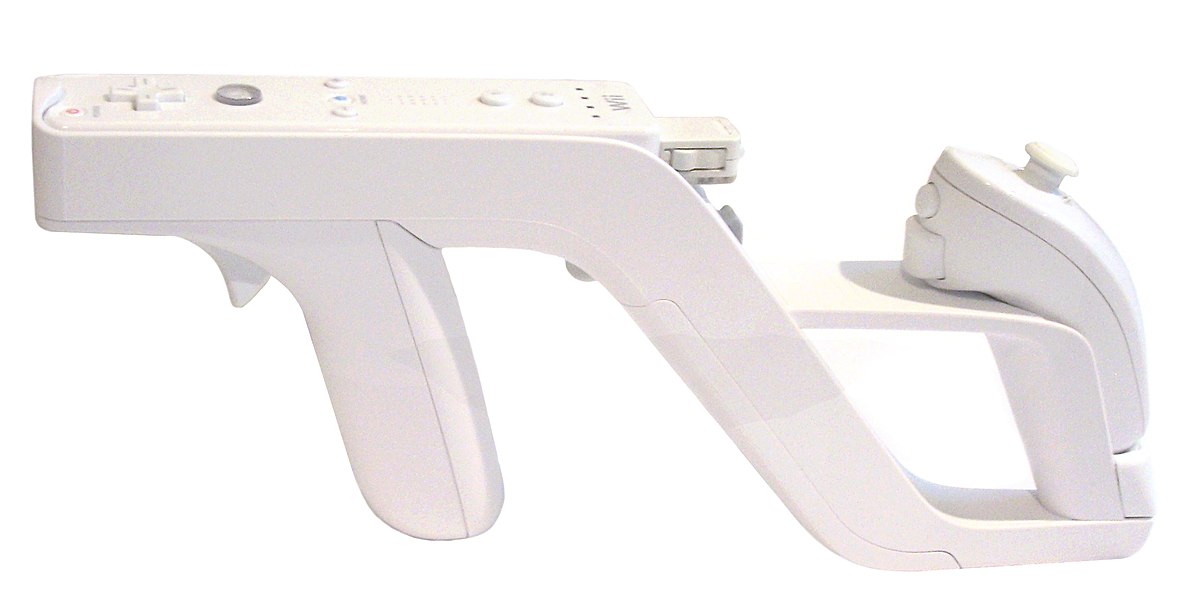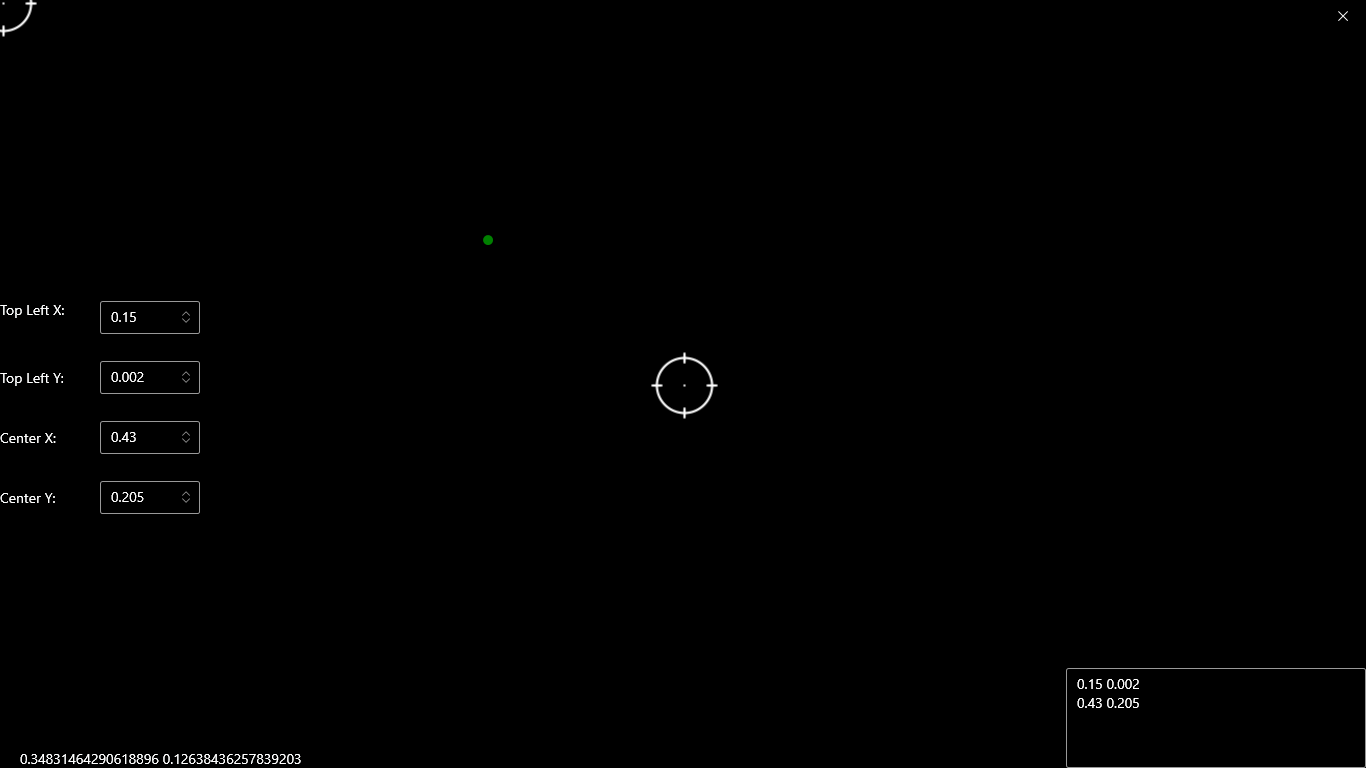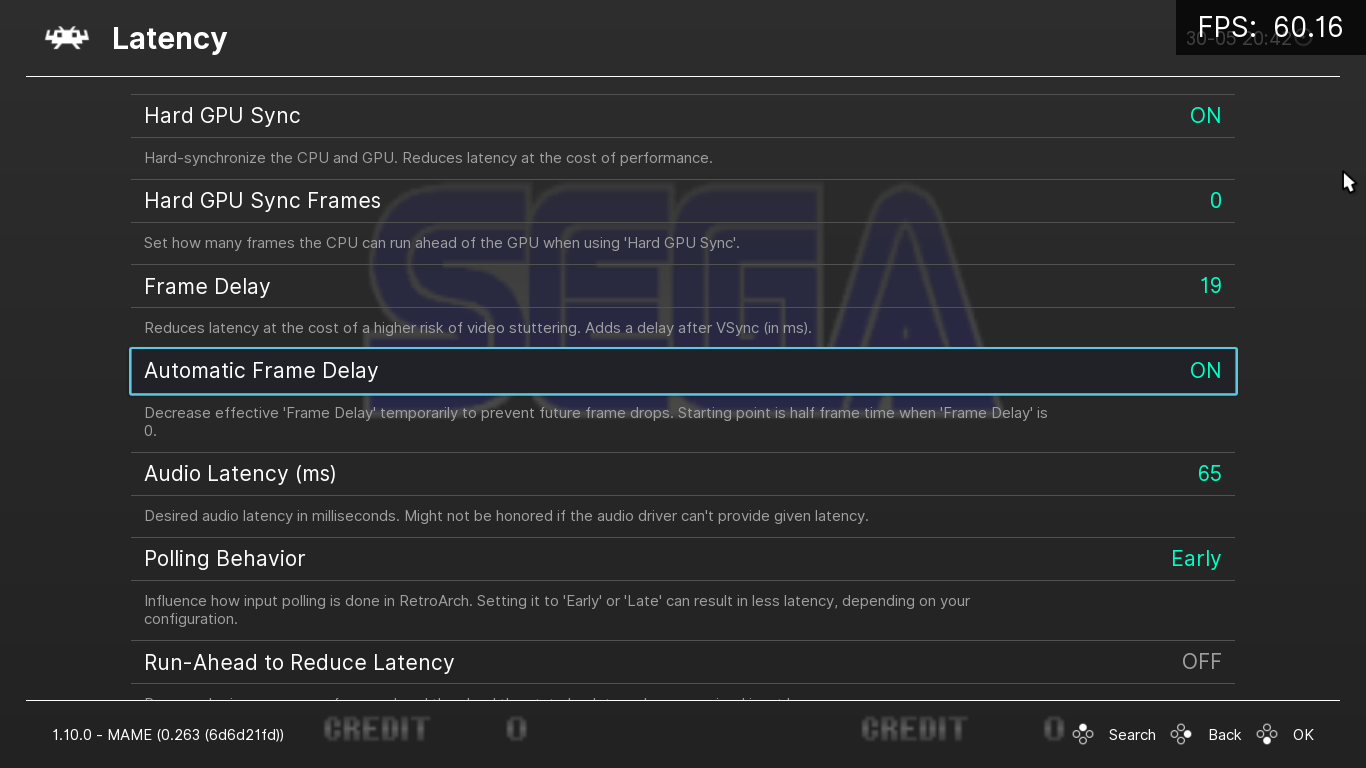Wiimote Lightgun Experiments with Touchmote
Posted on in Tech • 5 min read

Prior Wiimote Experiments
People might know some of the controller experiments I have played with over the past few years. One of the bigger oddities is my usage of the Wiimote on PC.
I have played around with Motion Plus (Gyro) support available in the Linux kernel through the use of MoltenGamepad with custom modifications. Playing some Linux games with Wiimote Motion Plus was how I got interested in Gyro motion controls which carried over to my development of DS4Windows. Although the Wiimote Gyro is okay, there seems to be consistent gyro drift and I have even experienced it while playing Red Steel 2 on real Wii hardware.
Because of the problems I have experienced with Motion Plus, I usually use the Wiimote with a sensor bar and IR controls. I have played some FPS PC games with a Wiimote and it is doable. It is not my favorite method for playing PC games meant to be played with keyboard and mouse. On Windows, I use Touchmote with custom modifications.
More recent discussions on https://github.com/simphax/Touchmote/issues/65 have revolved around using the Wiimote as a pseudo light gun for playing old school light gun games on modern displays. People have experimented with using the Wiimote as a fake light gun for years with varying results; there are plenty of videos on YouTube of people attempting to play the game Blue Estate with a Wiimote. Most of the demos seem to be a bit laggy and not mapped accurately enough to play a game without a visible cursor on screen. Seeing the attempts was enough to get me interested so I bought a Wii Zapper shell at my local Mega Replay to get started.
Working Towards A Prototype
There are not many tools available for attempting to use the Wiimote as a light gun. Probably the most complete one would be a Python program written for the Raspberry Pi mention at https://www.instructables.com/Accurate-Wiimote-Light-Gun-on-Raspberry-PI/; it is a good reference but not something usable for me. On Windows, the most complete project for making a Wiimote light gun mapping is WiimoteGun. It did not work for me at first without modifying the Wiimote init routine in the source code. Even when I got it working, the calibration portion of the program was a bit too sparse and there was a lot of jitter with the output mouse cursor. Unfortunately, it was pretty much unusable no matter what settings were used.
To get any further, I had to attempt to write something myself. My objective was to modify Touchmote just enough to make a fake light gun profile. The calibration method used was a slightly modified version of the routine used in WiimoteGun. It mainly involves a two point calibration system where a user has to aim at the center of the screen followed by the top left corner of the screen. The X and Y coordinates of both points from the IR camera are saved (as percentages) and are then used to interpolate the current IR camera readings into an absolute mouse position on screen.
To assist with finding better calibration points, I wrote a small WPF program that is available at https://github.com/Ryochan7/WiimoteTestCalibration. It isn't much but it is a lot better than just trying to attempt to find good points manually.

Some modifications were made to ease the process of changing the points as desired. After the intial calibration is finished, the program will show a dot marking the interpreted cursor position. The calibration points can be manually adjusted to improve screen mapping. ModernWPF was used to add proper number boxes with ways to more easily modify the values. The last update was saving the calibration points to a config file and then loading those points upon the next program launch.
Custom Touchmote code handles mapping the calibration points from the settings file into screen coordinates and outputting an absolute mouse cursor. Two new output modes were added in the Touchmote mapper for outputting to absolute mouse and a virtual Xbox 360 analog stick position for mock light gun on-rail shooters like Alien 3: The Gun. In order to minimize cursor jitter, the 1€ Filter was used to add some smoothing; Touchmote includes a slightly flawed implementation of the 1€ Filter.
On To Playing Games
It took a couple of days to get to a point where I felt that playing games with a fake light gun setup was doable. I started by playing my favorite light gun game House of the Dead 2. There is a PC port that works fairly well. There are some minor graphical issues and there is no way to disable the cursor within the game. I think I still prefer the Dreamcast version although I do not own a CRT TV to play it with. Besides that, I played Virtua Cop and the original House of the Dead on a Model 2 emulator. An extra calibration step has to be done within the emulator for each arcade game. Those were two games I did not play back in my youth. Performance was pretty good and those two games were pretty fun. Accuracy was even good enough to play without a cursor.
During a Steam sale, I picked up Blue Estate and played it through. People have raved about it but the first two levels are the only fun levels in the game. I kind of regret buying it.
The next endeavour was playing around with MAME to play some more arcade games. I tested both MAME through the MAME UI and RetroArch. Both had assorted issues getting games to recognize the mouse cursor although RetroArch seemed to make the process easier for some games. Another inherent problem is input latency within the emulator itself. Many settings had to be modified within the RetroArch menu to reduce perceived input latency: Hard GPU Sync, Polling Behavior, Automatic Frame Delay, Frame Delay, etc.

Played some Lethal Enforcers 2: Gun Fighters, Police Trainer, T2: The Arcade Game, Alien 3: The Gun, Jurassic Park, Duck Hunt.
This section is getting long. I will briefly mention I also played around with Super Scope games for the Super Nintendo. Yoshi's Safari and Battle Clash are pretty fun. Super Scope 6 is not as bad as some YouTube personalities make it out to be; the two modes of Blastris are pretty pointless though.
Final Words
After playing around with the Wii Zapper for a while, I wish it would have had some bit of plastic on top to act as a gun sight. Trying to aim down the top of the shell is not a good idea and reduces accuracy. I had better results when I calibrated to either focus through the DPad of the Wiimote or even looking into the Wiimote extension port. Cannot do one eyed aiming that way obviously.
Overall, I would say the experiment was worth my time. I got to play several light gun style games I did not get to play in my youth and I got to experience some favorites again. Using a Wiimote as a fake light gun won't be as accurate as something like Gun4IR but it seems to be good enough to compete with other solutions like the Sinden or Retro Shooter.